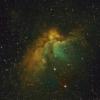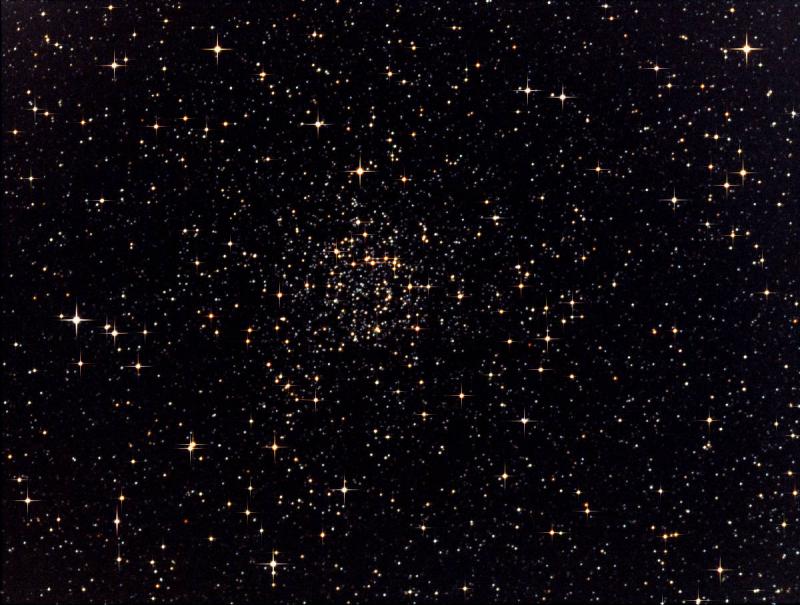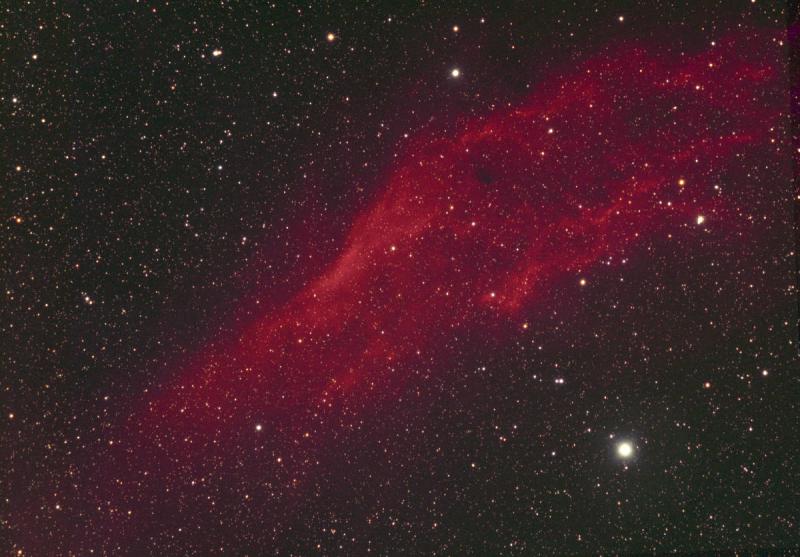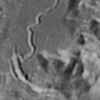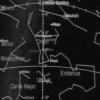
How much would you pay for a perfect LP filter?
#1

Posted 06 July 2014 - 07:23 PM
Note:
This filter works best in black and white, or on colored images where the LP is not that bad and you just want to be able to see the black areas better.
If you point it at a street light, you still see the street light at nearly full brightness. The filter does not block the frequencies that light pollution is. It only blocks the background sky glow at a fixed absolute intensity instead of the percentage intensity most filters work at. If you point them at a brighter part of the sky, you have to grab a stronger filter. The filter does no work well near the horizon because the sky glow intensity changes to quickly with angle there. You deal with street lights by putting wings on the sides of your eyepieces.
Imagine stepping outside your house in a Bortle red area, putting wings on the eyepieces of your 7x35 binoculars, filters over the objectives, reclining in your chair, and scanning the zenith, and not seeing any background sky glow. The sky looks rather pristine, maybe losing just some of the finer faint background features, but plenty of stars and DSO none the less.
Imagine taking a digital picture of the zenith, programming a computer to find the darkest 20% of pixels (presumed not to have stars), average the intensity of those pixels, and then subtract that value from every pixel in the picture. This filter would do that chemically, just passing the light above that intensity threshold. They would be sold by the strength, named by the Bortle color. Buy as many different strengths as you want.
I have an idea for how to construct these, but there are a lot of specifics and possible problems when trying to get around the Beer-Lambert law.
#2

Posted 07 July 2014 - 10:13 AM
Imagine taking a digital picture of the zenith, programming a computer to find the darkest 20% of pixels (presumed not to have stars), average the intensity of those pixels, and then subtract that value from every pixel in the picture.
You don't have to imagine that, since it's precisely what many suburban astro-imagers do.
I don't much care for the effect; instead of a low-contrast image on a bright background you get a low-contrast image on a painful, artificially dark background. But the light pollution itself is still evident in the low signal-to-noise ratio.
#3

Posted 08 July 2014 - 01:21 AM
#4

Posted 08 July 2014 - 01:23 AM
#5

Posted 08 July 2014 - 05:07 AM
I think they are subtracting too much. They should take the value they are subtracting and half it, then look again. They are taking the average of a semi dark area, not the darkest 20% of pixels. Finding those 20% is probably not one of the preprogrammed in options in their software.
You can adjust it at will with a slider; it's a trivial job in Photoshop. Just overlay an averaged background as a separate layer, select "Subtract" mode, and move the percentage slider. Trust me, the sweet spot that exists in your mind doesn't exist in reality.
You should understand this if you know any math. Your target is the signal; light pollution is noise. Light pollution reduces the signal-to-noise ratio, and no algorithm in the world -- mathematical or chemical -- can recover it.
#6

Posted 08 July 2014 - 06:05 AM
A lot of photograph show bloated stars. That right there tells me they are doing something wrong. I want to get into astrophotography some day, but from a programmer's angle.
Bloated stars do not come from light pollution.. Bloated stars are what the eye sees as well.. Ask yourself why Rigel A should look so much larger in diameter than Rigel B. A camera with it's increased sensitivity also sees larger as brighter. Of course sometimes it's due to the quality of the optics.. achromats..
Jon
#7

Posted 08 July 2014 - 09:49 PM
Are you saying that light pollution is not smooth, even in a one degree FOV?
#8

Posted 09 July 2014 - 03:51 AM
Are you saying that light pollution is not smooth, even in a one degree FOV?
No, light pollution is extremely smooth. That does not alter the fact that you can't simply "subtract it out."
You need to look up signal-to-noise ratio and bury your brain in a little hard-core mathematics.
#11

Posted 21 July 2014 - 05:47 PM
Simply subtracting intensity from pixels does not selectively reduce light pollution. It alters the contrast, by darkening the dim end relatively more than the bright end.
Star bloat is not necessarily a sign of poor technique. If fainter stars are pinpoint, the brighter ones are enlarged due to scatter and spillover.
An LP filter does nothing if it does not dim the direct view of a light; it would be perfectly clear glass.
The 'perfect' LP filter does not exist. The bad light is present over too much of the visual spectrum, and varies from place to place due to different light sources used in differeing proportion.
The closest we could get to 'perfection' is when all artificial light is emitted only at discrete wavelengths of reasonably small number. Then a filter could be devised which selectively blocks only those wavelengths, with the narrowest of notches in its transmission curve possible. Then might we realize a near-90% transmission of continuum sources (e.g., stars).





